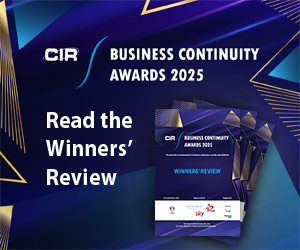Financial institutions should invest more to build agile scenario programmes or risk falling behind, as the pace of change in business needs and regulatory pressures threatens firms’ ability to manage risk effectively. This is the message from operational risk association, ORX.
In its biggest ever benchmarking exercise on the end-to-end scenario process, the operational risk association worked with 90 global financial institutions to examine the maturity, advances and challenges of their scenario process.
Nearly 90% of the firms polled are actively undertaking or planning enhancements to their scenario process, but often with limited resources. As a result, greater investment is needed to prioritise the wider framework developments, accelerating digitisation and a rapidly evolving regulatory environment so that banks can see efficiency gains, ORX says.
Simon Johnson, head of services, ORX said: “Scenario analysis is at a turning point, with the risk landscape evolving at an alarming rate. Financial institutions are now digital businesses and this is transforming the way that we approach operational risk and the scenarios that these organisations face.
“We already recognise the importance of peer-led reporting with our scenarios library, which is now in its 10th year, but we realised the urgency for a more detailed analysis of the challenges and opportunities for the world’s biggest banks and insurers.”
Six-point action plan for benchmarking (Source: ORX)
ORX proposes the following six-point plan as a foundation for benchmarking:
1. More strategic and business-led planning and coverage with alignment to wider strategic priorities and more collaborative campaign planning
2. Streamlined review and reassessment to ensure proactive portfolio maintenance that is more standardised and less resource intensive
3. Easily monitored metrics (data-led, digitised) that will drive change and better optimise the trigger process
4. Tactical planning, data, workshopping, tooling and documentation efficiencies to better harmonise the right assessment steps across different scenario programmes
5. Deploying the right technological capabilities to optimise assessment execution with digitised assessment tools, integrated databases and workflow automation
6. More engaging governance models to make it easier for senior stakeholders and the 2LOD to provide data-led review and challenge.
Printed Copy:
Would you also like to receive CIR Magazine in print?
Data Use:
We will also send you our free daily email newsletters and other relevant communications, which you can opt out of at any time. Thank you.











YOU MIGHT ALSO LIKE